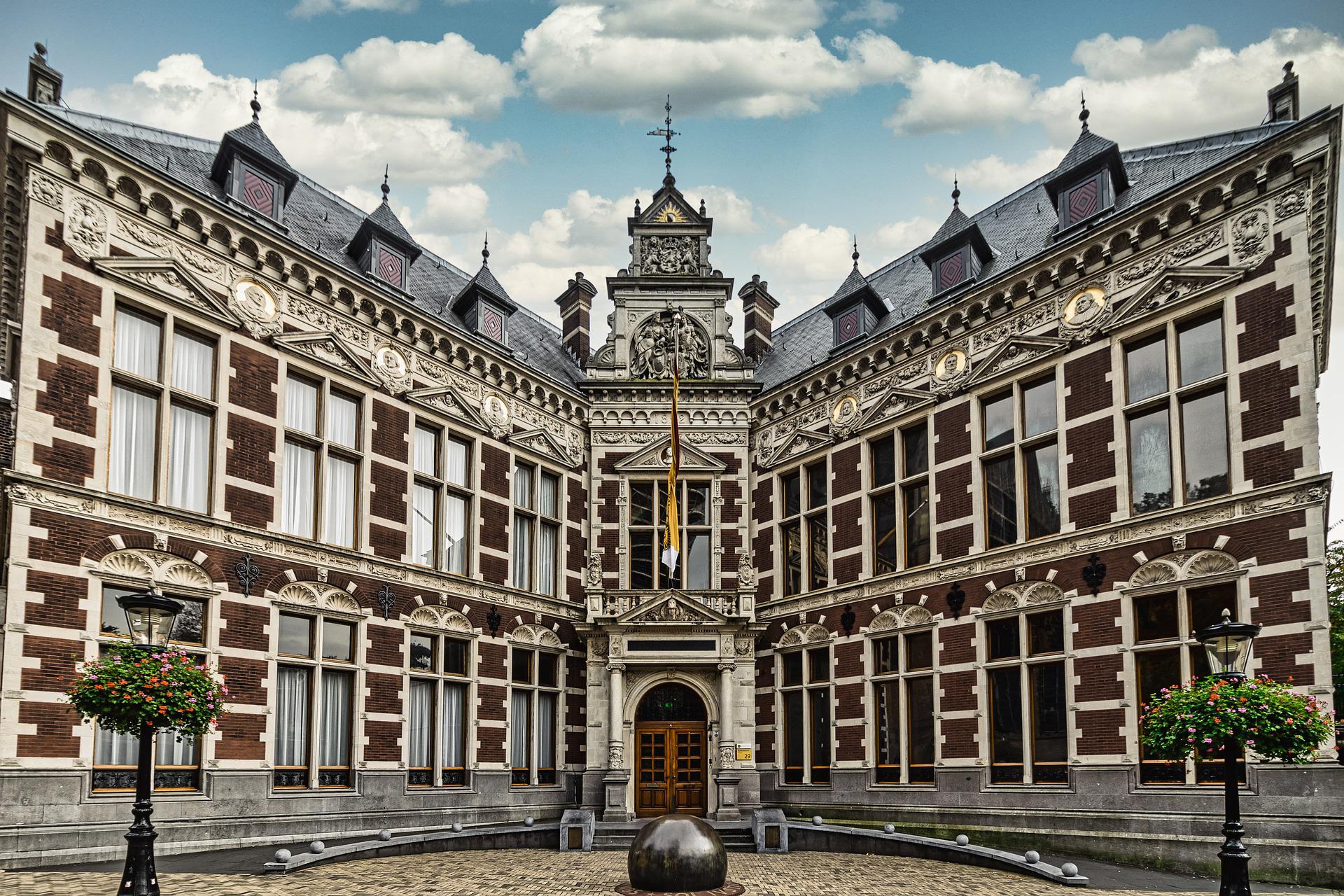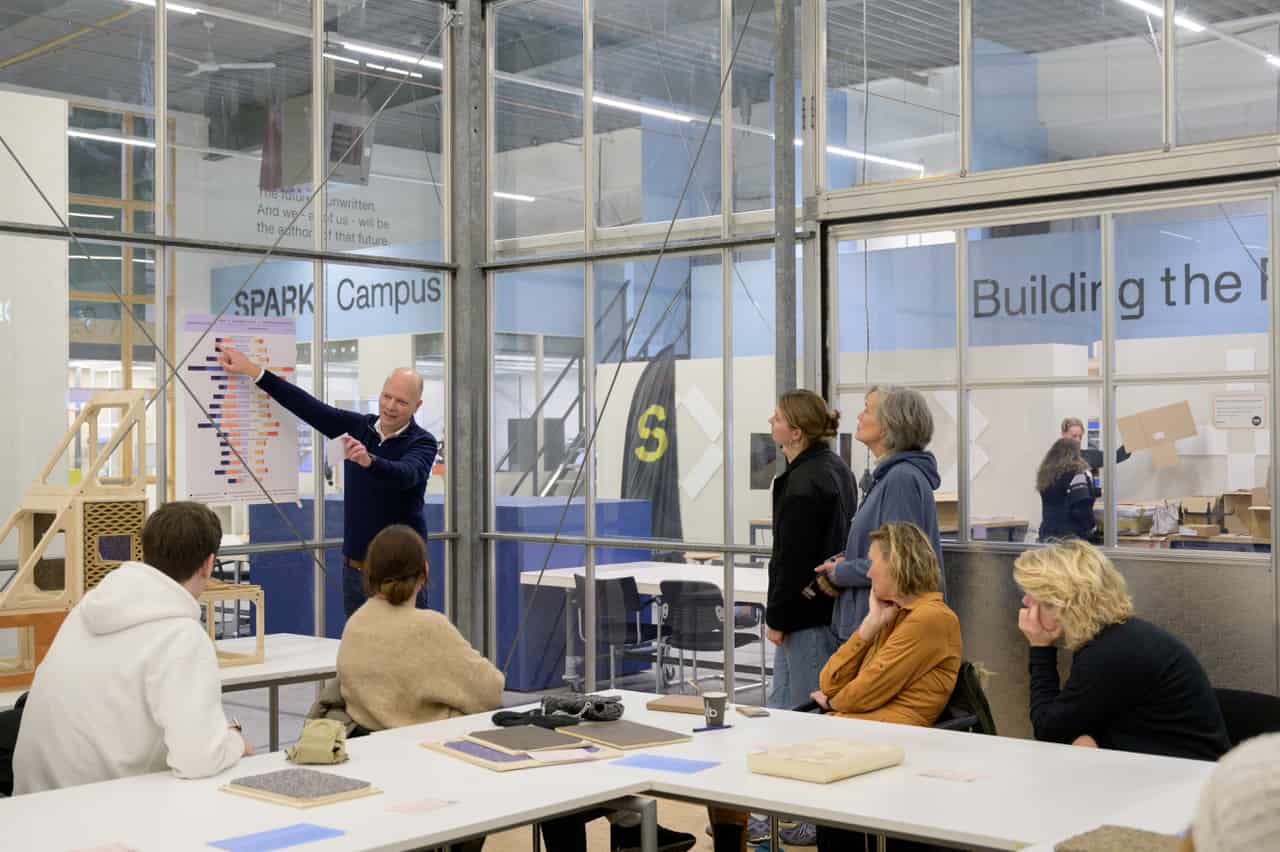
Our universities and higher vocational institutes are indispensable incubators for innovation and valorization. Their research work has served as the oxygen for innovative companies and social organizations for hundreds of years. This is why it is important to gauge our higher education from time to time. And to look at how we can keep it resilient and future-proof.
That last point is going to be quite a challenge. Plenty of other sectors have changed radically since the beginning of this century as a result of digitalization and the emergence of new business models. We refer to those changes as systemic disruption. In fact, we are seeing them almost everywhere, except in universities and polytechnics in Europe. Like a Gallic village, they have managed to persevere, thanks to traditions and protection by legislation and government funding.
Demand-side
Systemic disruption in the automotive, HR, political, media, logistics and finance sectors, all followed the same pattern. New competitors are moving into adjacent sectors or markets. They combine traditional services or products with new technologies. Traditional providers realize this too late and are unable to adjust their strategy and internal processes in time.
As a result of the innovative product-market combinations of these new competitors, the demand side of the market is suddenly evolving faster than traditional providers are able to keep up with. Competitors are much better able to respond to these rapidly changing demands because they are not hampered by legacy, i.e., habits of the market, assets on the balance sheet, loans, corporate culture or regulations. They subsequently push the traditional providers out of the market.
Study programs
There are five reasons why our universities should also be preparing for disruption. Firstly, this is because we are already seeing several new competitors emerging. The most important are Online Program Management providers like 2U and Coursera. They are offering full degree programs and are buying their components from traditional universities.
This market is expected to grow from 6 billion US dollars today to 13.3 billion in 2025. These competitors are more agile, offer shorter educational programs and courses on an academic level, and are better able to organize themselves around student needs than traditional universities and colleges can. They use reputable universities as subcontractors and create quality and branding this way.

Market share
Secondly, the financial resources of these new competitors are growing almost exponentially driven by equity investment. In 2021, venture capitalists pumped over 20.8 billion US dollars into education technology. It is expected that from 2023 onwards, these investments will be larger than the total education budget of the Netherlands. Such investments must yield a profit. The only way to get a quick return on equity: increase market share at the expense of traditional universities and higher vocational institutes.
The third change can be seen in the labor market. These days, a different type of graduate is called for than twenty years ago. Radical technological developments are leading to the rapid modernization of knowledge as well as its obsolescence. This necessitates a much sharper focus on competencies, lifelong learning, closer ties with the labor market, and taking a proactive role in shaping the labor market of the future. Universities and higher vocational institutes are working on this, but the question is whether this is happening fast enough.
The fourth change has to do with the students of the future. For them, ‘online’ is ubiquitous, even more so than it is today. The innovative competitors of traditional universities are available to them everywhere and 24/7. In that vastly more transparent market, students are looking for the education where the return on their invested time and money is the highest. That’s not necessarily at traditional vocational institutes or universities.
Lastly, societal demands on universities and colleges are also changing. Society demands solutions to major challenges such as the climate crisis, scarcity of resources, the biodiversity crisis, and geopolitical tensions. Traditional universities and colleges are organized around disciplines in silos that we call faculties. The lack of collaboration and interdisciplinary work between faculties stands in the way of truly being able to focus on societal challenges. In the long run, this harms the license to operate that traditional universities and colleges have.
Photo: The Utrecht University Hall, dating back to 1462.
About this column:
In a weekly column, alternately written by Eveline van Zeeland, Derek jan Fikkers, Eugène Franken, PG Kroeger, Katleen Gabriels, Carina Weijma, Bernd Maier-Leppla, Willemijn Brouwer and Colinda de Beer, Innovation Origins tries to figure out what the future will look like. These columnists, sometimes joined by guest bloggers, are all working in their own way to find solutions to the problems of our time. So tomorrow will be good. Here are all the previous article








